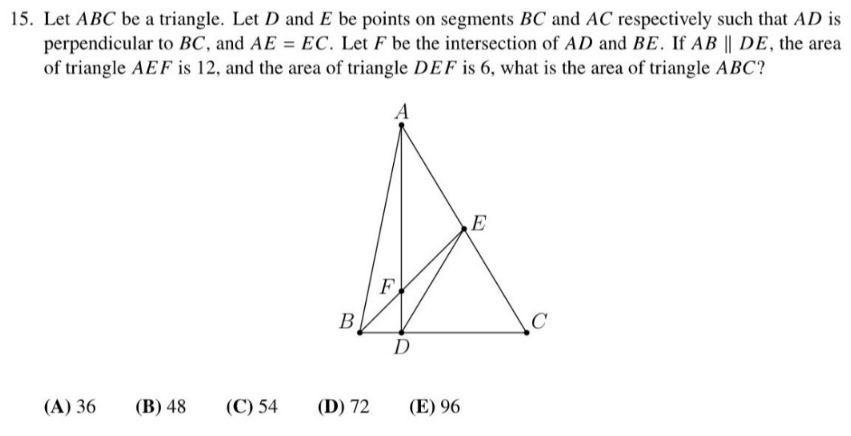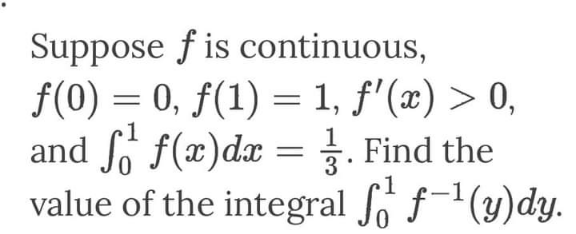
AllQuestion and Answers: Page 215
Question Number 200175 Answers: 2 Comments: 1
Question Number 200169 Answers: 1 Comments: 0
Question Number 200168 Answers: 1 Comments: 2
Question Number 200167 Answers: 3 Comments: 0
Question Number 200159 Answers: 1 Comments: 2

Question Number 200155 Answers: 2 Comments: 0

Question Number 200139 Answers: 2 Comments: 0
Question Number 200137 Answers: 1 Comments: 5

Question Number 200134 Answers: 0 Comments: 0

Question Number 200133 Answers: 1 Comments: 0

Question Number 200129 Answers: 0 Comments: 0

Question Number 200130 Answers: 2 Comments: 0
Question Number 200125 Answers: 0 Comments: 0
Question Number 200122 Answers: 0 Comments: 0

Question Number 200121 Answers: 0 Comments: 0

Question Number 200120 Answers: 1 Comments: 0

Question Number 200110 Answers: 1 Comments: 0

Question Number 200109 Answers: 1 Comments: 0

Question Number 200104 Answers: 0 Comments: 0

Question Number 200103 Answers: 1 Comments: 0
Question Number 200102 Answers: 1 Comments: 0

Question Number 200092 Answers: 1 Comments: 1

Question Number 200087 Answers: 1 Comments: 2
Question Number 200085 Answers: 1 Comments: 2
$$\mathrm{perimetre}\:\mathrm{of}\:\:\mathrm{White}\:\mathrm{triangle}? \\ $$
Question Number 200105 Answers: 1 Comments: 2

Question Number 200075 Answers: 1 Comments: 0

Pg 210 Pg 211 Pg 212 Pg 213 Pg 214 Pg 215 Pg 216 Pg 217 Pg 218 Pg 219
